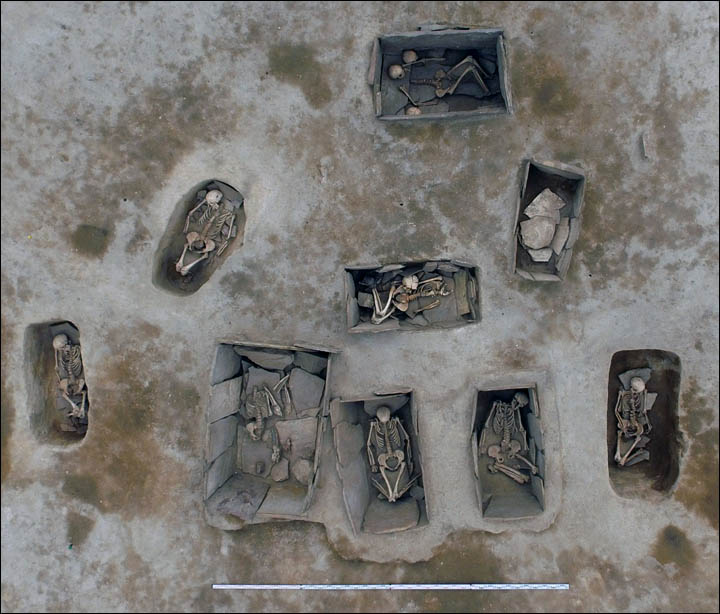halfalp
Regular Member
- Messages
- 1,499
- Reaction score
- 222
- Points
- 0
- Ethnic group
- Swiss
- Y-DNA haplogroup
- R-L2
- mtDNA haplogroup
- J1c5a
You have an high confidence for your thoughts, but you should not say that those are simplistic hypothesis when your hypothesis focus on hypothetic first world wine-makers.Halfalp,
A couple comments on your comments.
Rambling is because of a couple facts:
- Finally, after a long period of simplistic views, every new paper with new samples gives a twist to the story…. as expected. Many of us have warned that the narratives were being made with only a couple dots to make the lines, so a more complex one would arise.
- The new narrative from Krauses, Haak and Reich“s” of this academia world , is in the direction of a more mature view of space and time. There was a lot of people. And that Lots of people with time (plenty of time) moved around. So, there will be a large amount of clines -- like the new Western Siberia cline that might be making some of the Yamnaya to be fake).
- Examples: hypothetical. we need to have samples from kelteminar culture and if there wasn’t plenty of EHG “look a like” component and later mixing with more CHG /Iran N in the south shores of Caspian and have influences in the populations of places like Azerbaijan that might not be exactly the same as the population in Hajji Firuz or other more southern regions. Its these clines that might change the story… remember the Caspian and the black sea were smaller. There are plains that today are under water, circumferences by mountains on the other side. So, population might be slightly different ?
- Are we sure, Shulaveri didn’t have, when migrating to Steppe in 4900 bc a “steppe” component because some of the people they mixed in Azrbaijan side already showed EHG or something similar? – Interesting times coming soon, now that the “gods” of Adna discovered south Caucasus.
- Or exactly the same in places that are black spots or black holes, like Bulgaria, Romania and moldova where due to probably economic conditions in the last century, archeology never really went that far. So there is lots to learn from those. We know that places around had lots of R1b and we know nothing of what happened there in the 5th , 4th millennia. And it might turnout very important for the understanding of population in space and time. – Like, who is to say we wont find R1b L23 (Xall) there?




